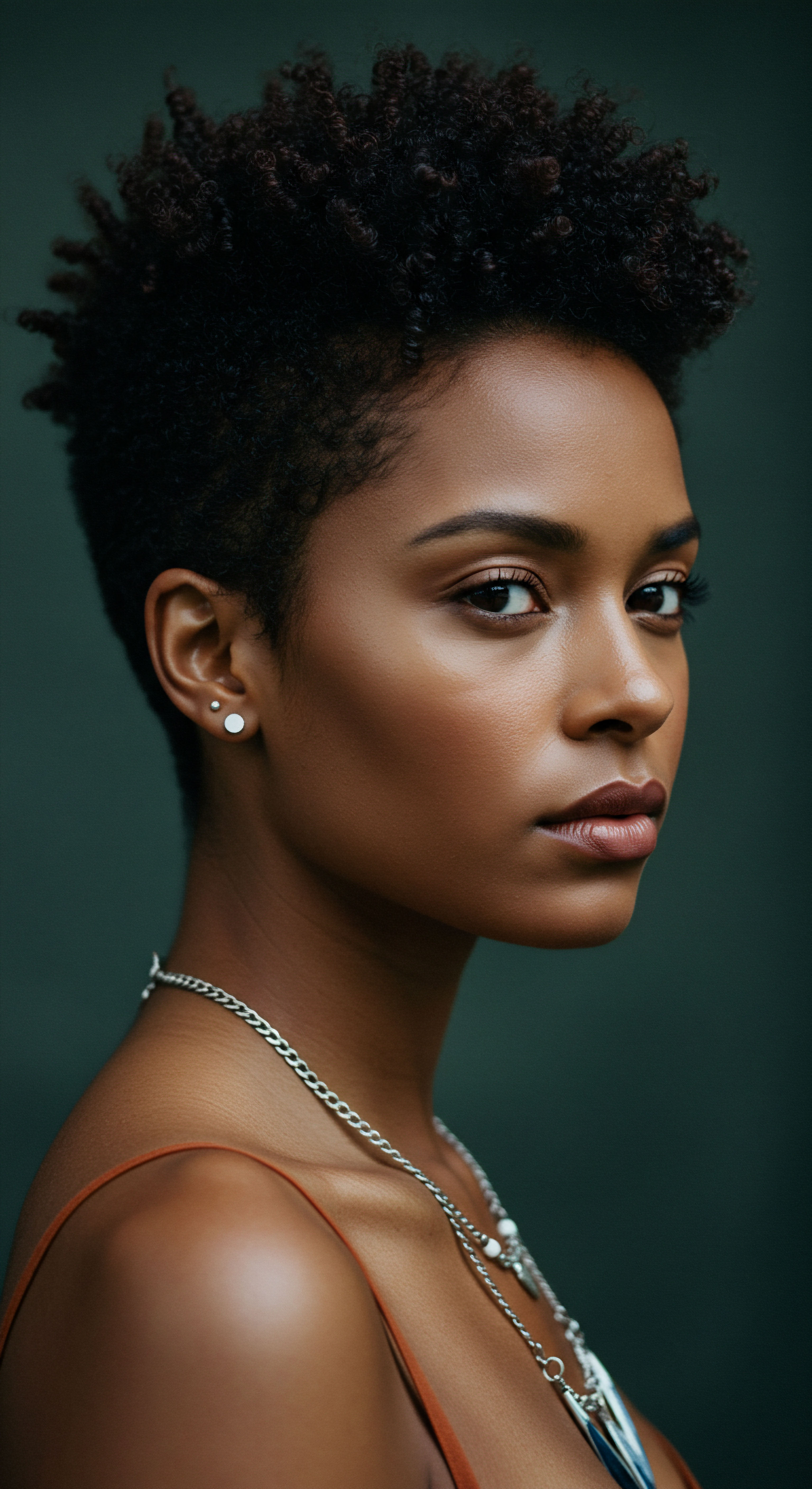
Fundamentals
African hair characteristics represent a spectrum of unique biological and structural qualities primarily observed in individuals of African descent. This definition, at its simplest, points to the inherent structural makeup that sets textured hair apart. Imagine strands that gracefully coil, creating captivating patterns that defy a linear path.
These patterns, often tightly wound, contribute to the hair’s distinct appearance and feel. The primary designation for these qualities centers on the natural curl formations, which can range from loose waves to dense, spring-like coils.
The meaning of African hair characteristics extends beyond mere aesthetics; it speaks to the very way these strands behave. They exhibit a remarkable tendency to shrink upon drying, a phenomenon where the hair appears significantly shorter than its actual stretched length. This elasticity, while a natural attribute, often surprises those unfamiliar with textured hair. Furthermore, African hair frequently presents with a particular challenge concerning moisture.
Its unique structure, with its many bends and twists, can make it difficult for natural oils produced by the scalp to travel down the entire length of the hair shaft, leading to a predisposition towards dryness. This inherent dryness necessitates thoughtful care practices.
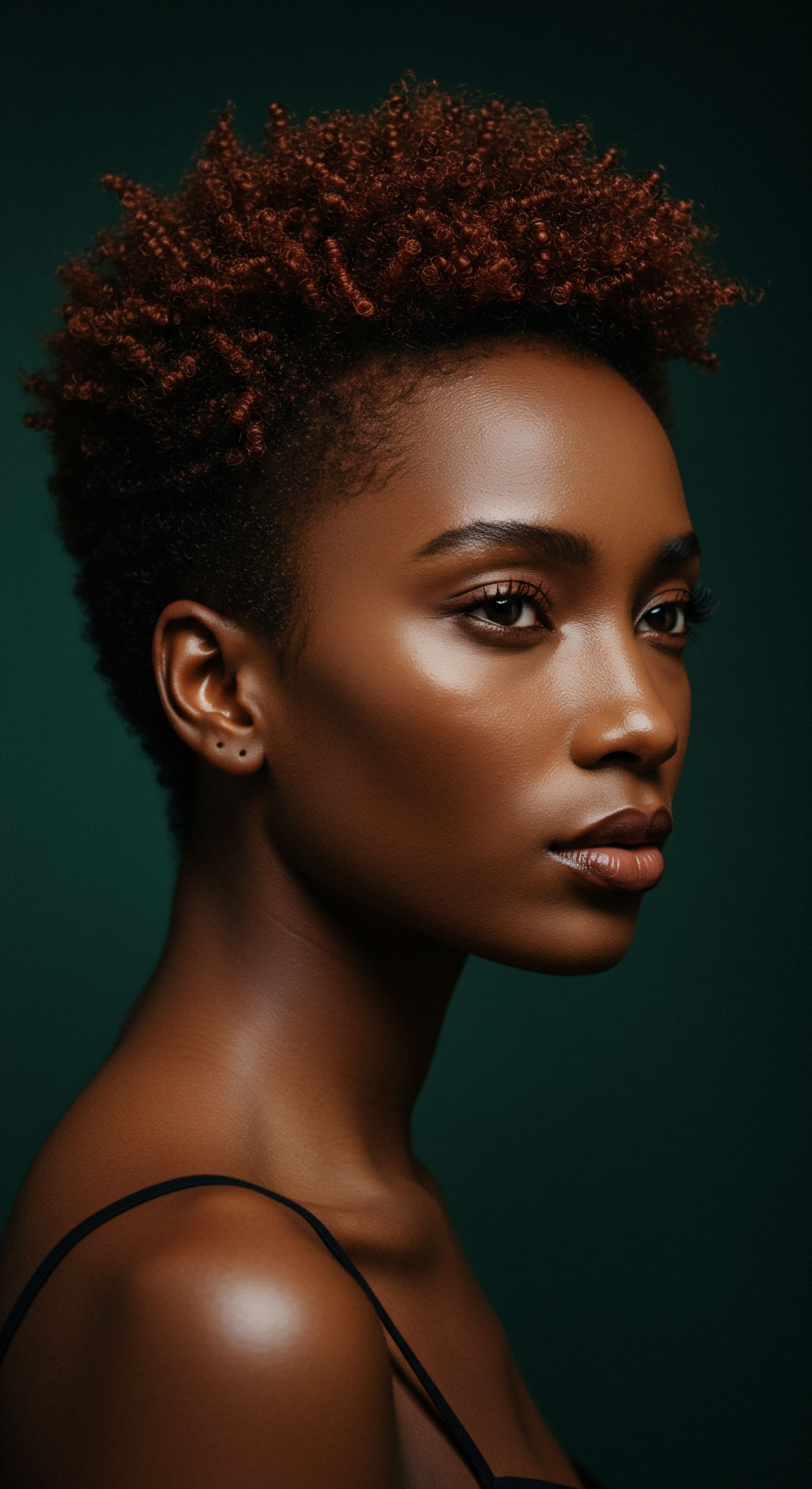
The Intrinsic Structure
When we speak of African hair characteristics, we refer to the fundamental elements that dictate its behavior and appearance. Each strand, from its root to its tip, possesses a specific architectural design. The hair follicle itself, the tiny pocket within the scalp from which the hair emerges, plays a crucial role. Unlike the more circular follicles found in straight hair, African hair follicles are typically more elliptical or even kidney-shaped.
This distinct shape dictates the curvature of the hair strand as it grows, leading to the characteristic curls and coils. The greater the ellipticity of the follicle, the tighter the resulting curl pattern.
African hair characteristics describe the distinct structural and behavioral qualities of hair originating from African populations, marked by its unique coil patterns and moisture dynamics.
Understanding this fundamental structure is the first step in appreciating the beauty and specific needs of textured hair. It forms the basis for all subsequent care decisions, guiding individuals toward methods and products that truly support their hair’s natural inclinations. This initial clarification serves as a gentle invitation into the world of African hair, acknowledging its inherent qualities with respect and warmth.

Surface and Internal Aspects
Beyond the follicle’s shape, the cuticle layer, the outermost protective shield of each hair strand, also plays a role in the definition of African hair characteristics. While all hair types possess a cuticle, the arrangement and integrity of these overlapping scales can vary. In textured hair, these cuticles can sometimes be more raised, influencing how light reflects from the surface and how moisture interacts with the strand. This particularity can contribute to a less glossy appearance compared to straight hair, which has a smoother, more uniform surface that reflects light directly.
- Coil Patterns ❉ The most visible attribute, ranging from loose waves to tightly wound spirals.
- Follicle Shape ❉ An elliptical or kidney-shaped follicle gives rise to the distinctive curl.
- Moisture Tendency ❉ Natural oils struggle to travel down the coiled shaft, often resulting in dryness.

Intermediate
Moving beyond the foundational understanding, the intermediate meaning of African hair characteristics delves into the practical implications of its unique biology, particularly for daily and weekly hair care rituals. This clarification focuses on how the intrinsic structural properties influence the hair’s behavior in real-world scenarios, offering a more nuanced perspective for those familiar with textured hair. The designation of these characteristics is not merely academic; it directly shapes the routines and product selections that lead to healthy, thriving hair.

Porosity and Hydration Dynamics
A significant aspect of African hair characteristics is its relationship with water, often discussed through the lens of hair porosity. Porosity refers to the hair’s ability to absorb and retain moisture. While some misconceptions persist, research indicates that African hair often exhibits higher porosity, meaning its cuticle layers are more open, allowing water to enter readily but also escape just as easily.
This increased permeability can lead to a quicker drying time and a greater need for diligent hydration strategies. The consequence of this can be seen in the daily struggle for moisture retention.
The practical meaning of African hair characteristics centers on its unique interaction with moisture, often requiring specialized hydration and care approaches.
The implication for care is profound. Hair that readily loses moisture demands a consistent and layered approach to hydration. This might involve applying water-based leave-in conditioners, followed by richer creams, and finally sealing with an oil to help trap the moisture within the hair shaft.
The precise balance of humectants, emollients, and occlusives becomes a personal quest, a gentle dance with one’s unique strands. This layered approach is an essential part of maintaining the hair’s vitality and suppleness.

Mechanical Behavior and Styling Considerations
The physical configuration of African hair, with its numerous twists and turns, also dictates its mechanical properties. Each bend in the hair strand represents a potential point of weakness, making textured hair generally more susceptible to breakage from mechanical stress compared to straight hair. This particularity does not diminish its strength but highlights the need for careful handling. The act of combing or styling, if done without proper lubrication and gentleness, can contribute to hair damage.
This mechanical consideration shapes the styling practices prevalent within the textured hair community. Protective styles, such as braids, twists, and buns, become more than just aesthetic choices; they serve a functional purpose by minimizing manipulation and safeguarding the hair from environmental stressors and daily friction. The art of creating these styles, often passed down through generations, embodies a deep understanding of the hair’s needs. The historical significance of these styles, extending back to ancient African societies, speaks to a heritage of caring for and celebrating these distinct hair characteristics.
Furthermore, the dense nature of coiled hair means that it can appear shorter than its actual length due to shrinkage. This is a visual phenomenon where the hair’s coiled structure causes it to retract significantly, sometimes by as much as 75% of its stretched length. Acknowledging and understanding shrinkage allows for a more realistic interpretation of hair length and growth, fostering a sense of appreciation for the hair’s natural volume and spring. This acceptance allows for a more harmonious relationship with one’s hair.
The significance of African hair characteristics in daily life extends to product selection. Consumers with textured hair often seek out specific formulations that cater to their hair’s hydration requirements and fragility. Products rich in moisturizing ingredients, protein, and those designed to reduce friction during styling are highly valued. The market for these specialized products has grown substantially, reflecting a collective pursuit of effective solutions for these unique hair types.
| Aspect Porosity |
| Description Tendency to absorb and release moisture quickly. |
| Care Implication Requires layered hydration and sealing. |
| Aspect Breakage Propensity |
| Description Vulnerability to damage due to curl pattern's stress points. |
| Care Implication Demands gentle handling and protective styles. |
| Aspect Shrinkage |
| Description Hair appears shorter than its true length when dry. |
| Care Implication Acceptance of natural volume and length perception. |

Advanced
The advanced meaning of African hair characteristics transcends superficial observation, offering a deep, scholarly interpretation grounded in trichological science, cultural anthropology, and socio-economic dynamics. This comprehensive explication illuminates the profound biological and societal layers that shape the experience of textured hair, particularly within Black and mixed-race communities. It provides an expert-level delineation, drawing connections between genetic predispositions, historical narratives, and contemporary realities.
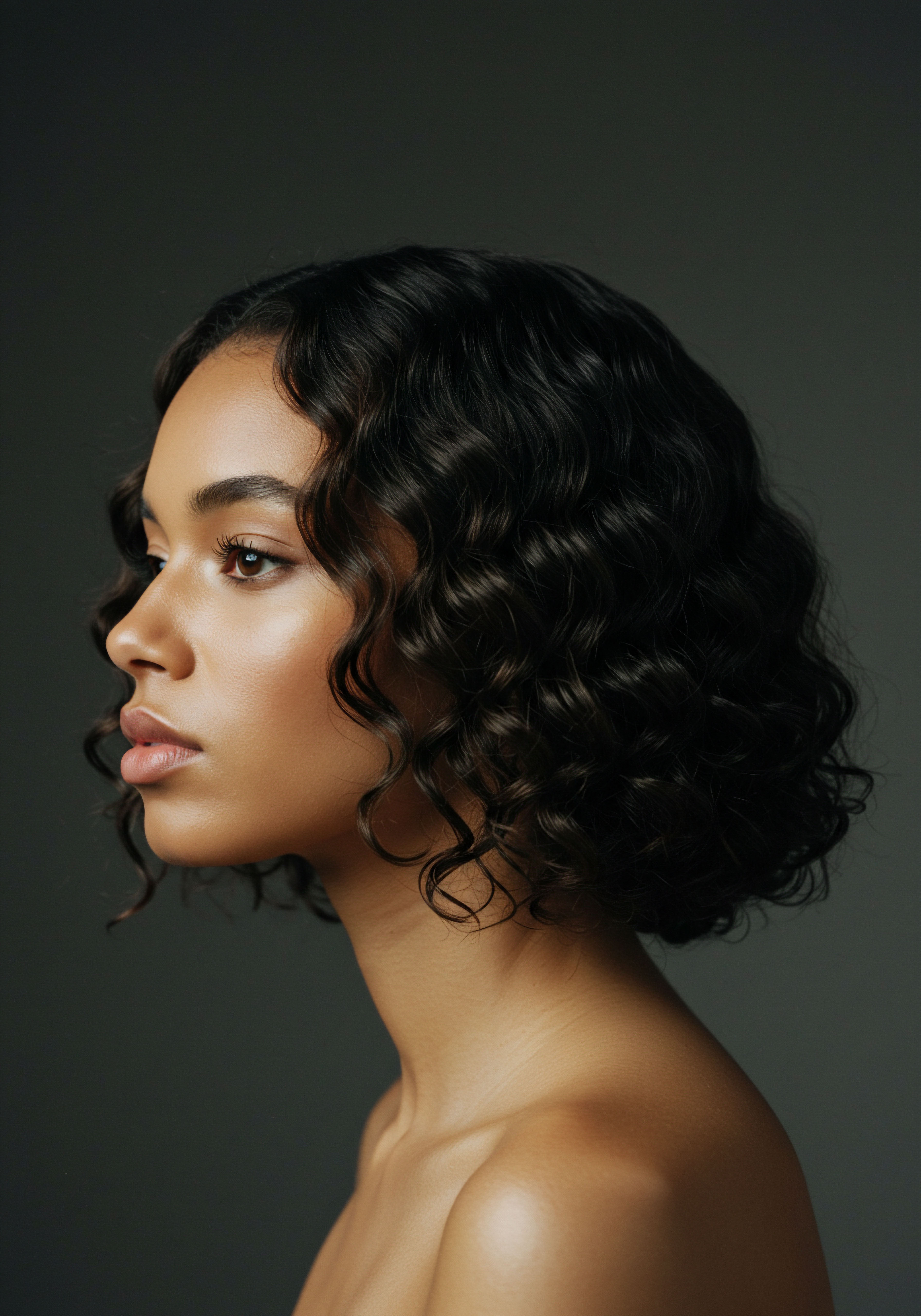
Microscopic and Genetic Underpinnings
At a microscopic level, the uniqueness of African hair characteristics becomes strikingly apparent. The hair shaft itself, rather than being perfectly cylindrical, possesses an elliptical or flattened cross-section, with varying degrees of ellipticity correlating to the tightness of the curl. This non-circular shape, coupled with the hair’s helical torsion, creates intrinsic stress points along the strand. Cortical cells within the hair, which form the bulk of the fiber, exhibit an asymmetrical distribution in textured hair.
One side of the cortex may grow faster or contain different protein compositions than the other, contributing to the hair’s inherent curl. This asymmetry, rather than being a flaw, is a testament to the hair’s complex biological engineering.
Genetic factors undeniably play a commanding role in the determination of African hair characteristics. Research indicates that a multitude of genes contribute to hair type, including specific genes like KRT74, TCHH, and CUTC, which have been linked to curl patterns in South African populations. This genetic heritage explains the widespread prevalence of coiled hair among individuals of African descent, representing an evolutionary adaptation believed to offer protection from intense ultraviolet radiation and to facilitate scalp cooling. The genetic blueprint provides the initial statement of these hair qualities, influencing everything from curl density to growth rate.

Biophysical Properties and Lipid Dynamics
Further analysis reveals distinctions in the biophysical properties of African hair. While often perceived as inherently fragile, the individual hair fiber can possess significant tensile strength. However, its numerous twists and turns mean that the cumulative effect of friction and tangling can lead to a higher propensity for breakage when subjected to mechanical stress. This particularity underscores the need for careful manipulation.
A study published in the Journal of Cosmetic Science found that African hair exhibits a lower radial swelling rate than Asian and Caucasian hair, and its fracture point during tensile measurements frequently occurs in the twist region of the fiber. This offers a precise specification of its mechanical behavior.
Regarding moisture, African hair, despite often being described as dry, can actually have a higher lipid content than other hair types, particularly in its internal structures. However, the highly disordered arrangement of these lipids, coupled with the hair’s coiled architecture, hinders the uniform distribution of natural sebum along the shaft. This structural impediment to lipid distribution contributes to the perception and reality of dryness, as the protective outer layers may not receive sufficient lubrication. This understanding offers a deeper sense of the hydration challenges.
The porosity of African hair, often misunderstood, is another critical aspect. While the “float test” for porosity is largely inaccurate, scientific investigations show that the cuticle layers of highly coiled hair can be more raised, leading to increased permeability. This means water readily enters the hair, but also escapes with ease, necessitating specific moisturizing and sealing techniques.
A 2019 study published in the Journal of Cosmetic Dermatology revealed that high porosity in African American women’s hair often stems from a compromised cuticle layer, leading to 30% more breakage and 40% less moisture retention compared to normal porosity hair. This data provides a stark clarification of the challenges faced.
African hair characteristics are shaped by complex genetic and structural elements, influencing its unique biophysical properties and demanding specialized care approaches.
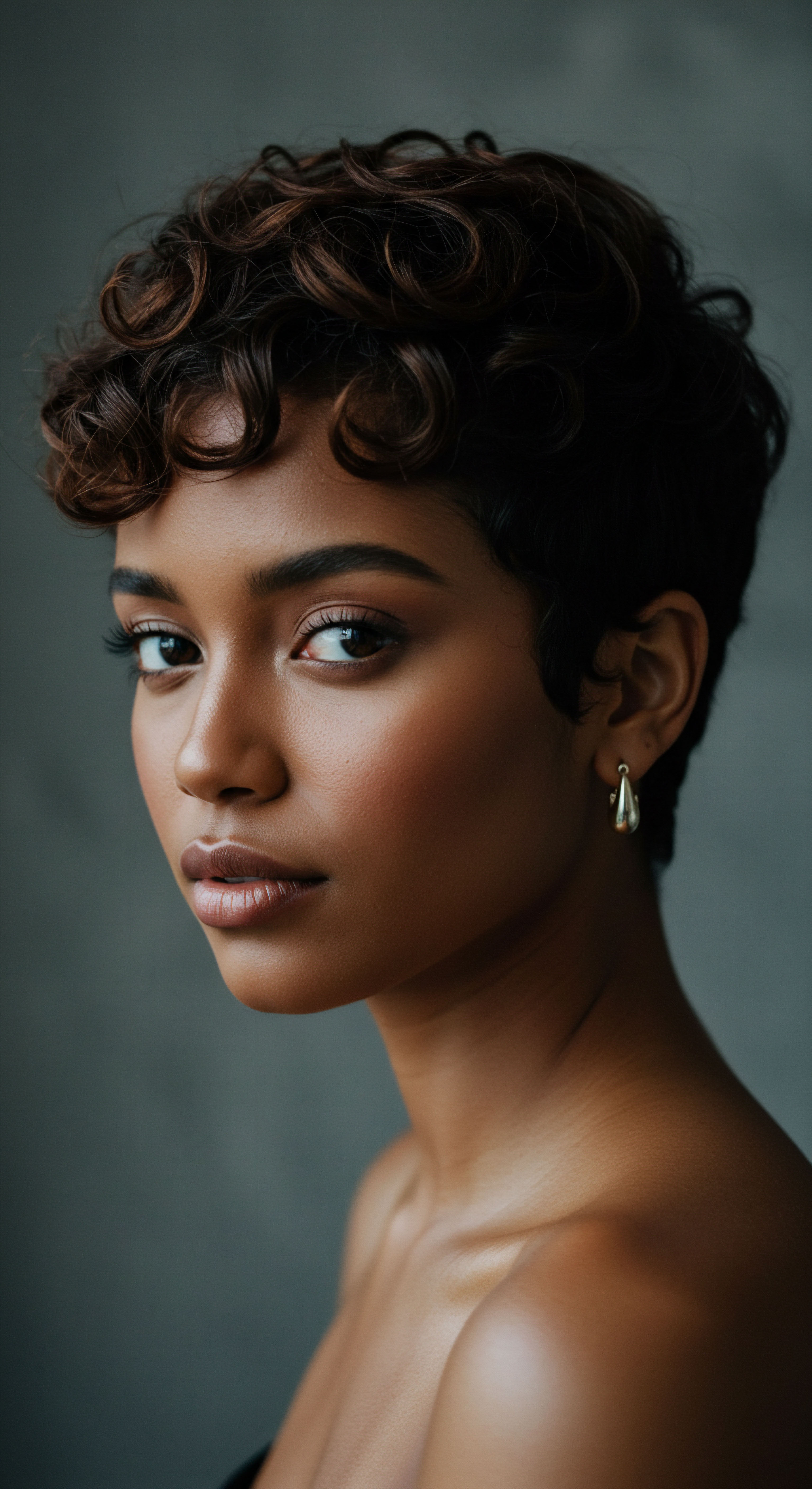
Sociocultural and Economic Implications
The interpretation of African hair characteristics extends far beyond biology, deeply intertwined with historical, psychological, and social factors. Throughout history, African hair has served as a powerful symbol of identity, status, and cultural affiliation. During periods of oppression, particularly the transatlantic slave trade, the forced shaving or alteration of African hair became a tool of dehumanization and cultural erasure.
This historical context shapes the contemporary significance of natural hair as a symbol of pride, resistance, and self-acceptance. The meaning of natural hair in modern society carries the weight of centuries of struggle and reclamation.
In contemporary society, individuals with African hair continue to navigate systemic biases and discrimination. Despite growing acceptance, research consistently highlights instances of hair discrimination in professional and educational settings. For example, a 2019 study by Dove found that Black women are 1.5 times more likely to be sent home from the workplace because of their hair.
This striking statistic underscores a pervasive societal challenge where natural African hair is often deemed “unprofessional” or “unpolished,” perpetuating Eurocentric beauty standards. The psychological toll of such discrimination can be substantial, impacting self-perception and opportunities.
Beyond social perception, there exists a significant economic implication for African hair care. Research by All Things Hair revealed a “hidden texture tax,” where products for naturally textured hair are often more expensive per unit and required in greater quantities than those for straight hair. A 2023 study from the International Journal of Women’s Dermatology found that Black women spend nine times more on ethnic hair products than non-Black consumers.
This substantial disparity represents a tangible financial burden on individuals seeking to care for their natural hair, highlighting a market dynamic that warrants critical examination. The substance of this economic reality reveals an often-overlooked aspect of hair care.
The interplay of these biological, historical, and socio-economic factors creates a complex yet deeply meaningful landscape for African hair characteristics. Understanding this comprehensive definition is not merely about scientific facts; it is about acknowledging the resilience, beauty, and cultural richness embodied in every coil and curl. This deep insight allows for a more empathetic and informed approach to hair care, product development, and societal advocacy. The ongoing conversation around hair discrimination and the movement for hair freedom, such as the CROWN Act, represent critical efforts to address these systemic inequities and celebrate the inherent dignity of African hair.
The professional landscape for trichologists specializing in African hair has grown, recognizing the need for expertise tailored to these specific characteristics. These specialists possess a detailed understanding of the unique challenges, from dryness and breakage to specific scalp conditions more prevalent in individuals of African descent. Their work often involves not only scientific diagnosis and treatment but also culturally sensitive guidance on styling and maintenance. This expertise provides a critical resource for optimal hair health and overall well-being.
Consider the ongoing debate regarding hair porosity in the textured hair community. While traditional tests might suggest otherwise, advanced scientific understanding reveals that African hair often exhibits higher permeability due to its raised cuticles. This particular designation challenges popular home-based porosity tests, emphasizing the need for scientifically backed understanding over anecdotal evidence. The practical application of this knowledge shifts product recommendations from heavy, sealing agents for low porosity hair to lighter, more frequent hydration and protein treatments for high porosity.
The long-term consequences of ignoring the unique characteristics of African hair can be severe, ranging from chronic dryness and breakage to specific forms of alopecia, such as Central Centrifugal Cicatricial Alopecia (CCCA), which is more frequently observed in middle-aged Afro-Caribbean women. This highlights the critical necessity of tailored care and the potential for long-term success when practices align with the hair’s biological realities. The strategic development of products and services must consider these specific needs to foster genuine hair health and longevity.
- Hair Follicle Morphology ❉ Elliptical cross-sections and helical growth patterns create distinct curl formations.
- Cuticle Integrity ❉ Often more raised, influencing moisture retention and light reflection.
- Mechanical Vulnerability ❉ Prone to breakage at stress points due to coil geometry, despite individual fiber strength.
- Lipid Distribution ❉ Higher overall lipid content but disordered distribution impacts uniform lubrication.
- Porosity Paradox ❉ Scientific data suggests higher permeability, requiring specific hydration strategies.
- Societal Perceptions ❉ Persistent discrimination in professional and educational settings impacts identity and opportunities.
- Economic Disparities ❉ Higher costs for specialized products create a “texture tax” on consumers.
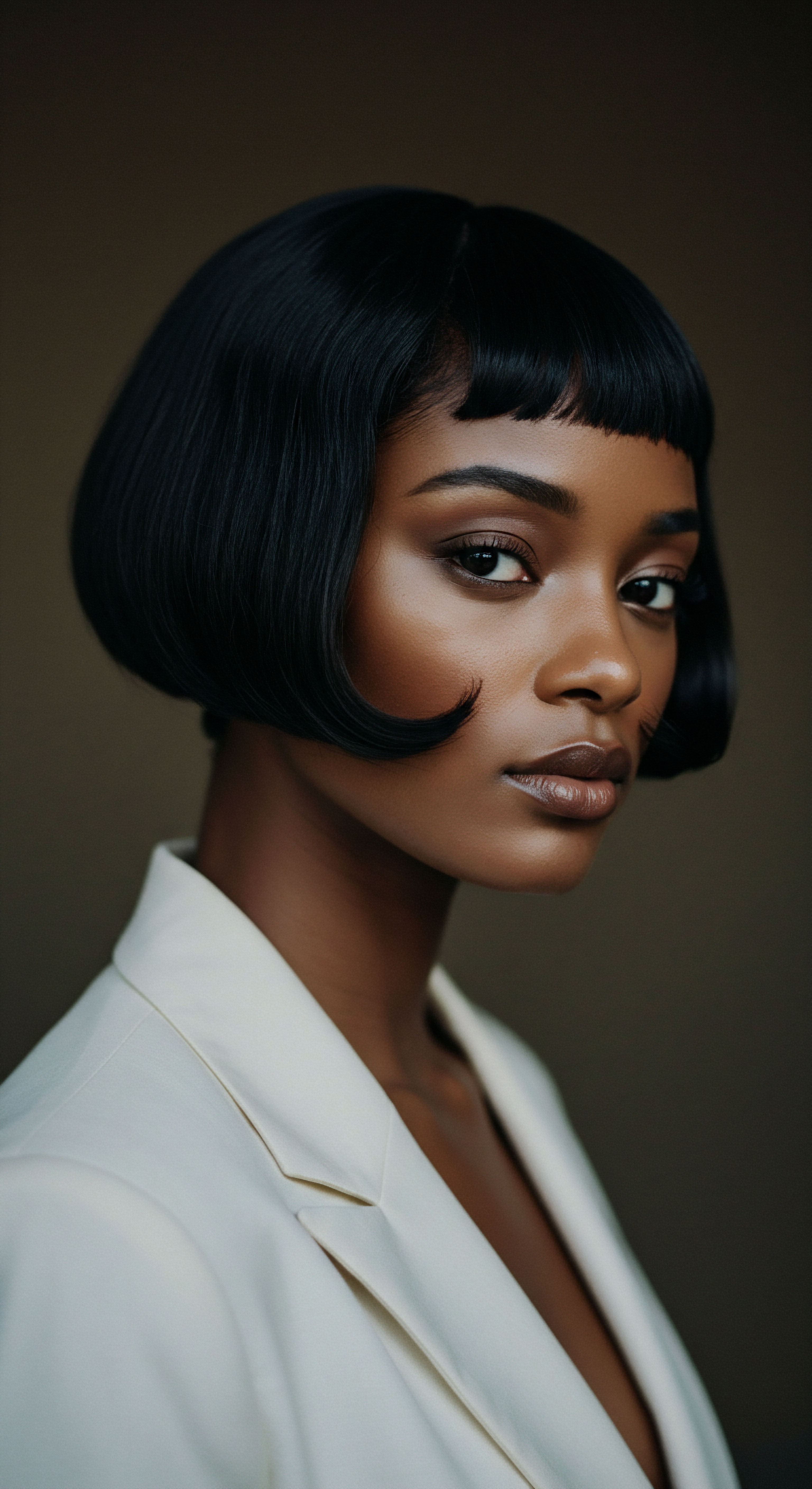
Reflection
The journey through the nuanced characteristics of African hair reveals a story far richer and more intricate than often perceived. It is a testament to the boundless diversity of human biology, a vibrant expression of heritage, and a resilient symbol against historical erasure. Each coil and curve carries not only genetic information but also echoes of ancestral practices, cultural narratives, and personal triumphs.
Understanding these attributes invites us to move beyond simplistic definitions, recognizing the profound significance held within every strand. We are called to appreciate the science that explains its unique qualities and the cultural narratives that celebrate its enduring beauty.
As we deepen our comprehension, a gentle shift occurs in our perspective. The challenges once seen as burdens transform into opportunities for intentional care, for learning, and for connection. The hair becomes a living canvas, inviting us to engage with it thoughtfully, respecting its delicate balance and celebrating its inherent splendor. This ongoing conversation, blending scientific inquiry with heartfelt cultural appreciation, guides us toward a future where every head of textured hair is seen, valued, and adorned with the reverence it deserves.
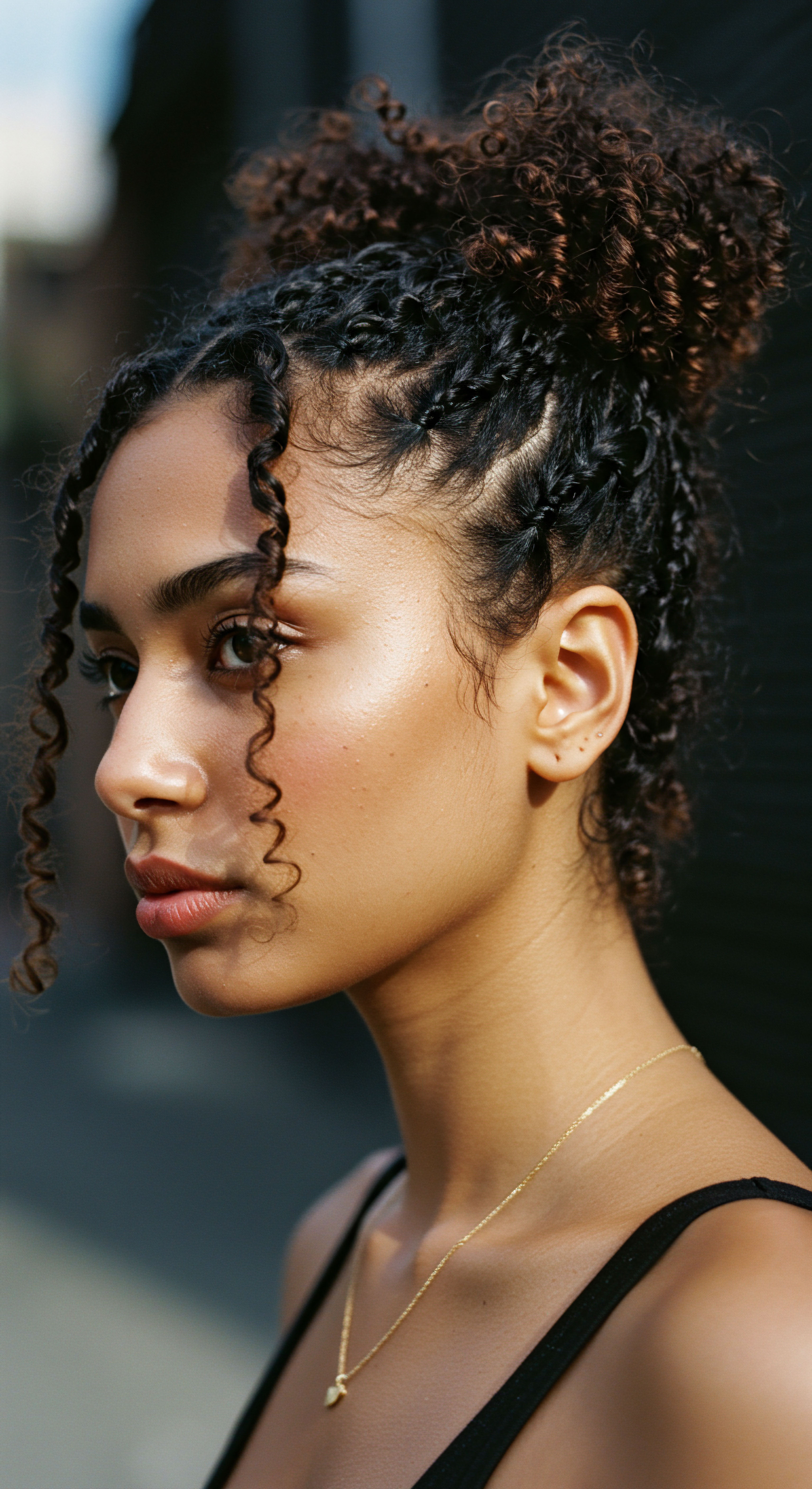
References
- Robbins, Clarence R. Chemical and Physical Behavior of Human Hair. Springer Science & Business Media, 2012.
- Davis-Sivasothy, Audrey. The Science of Black Hair ❉ A Comprehensive Guide to Textured Hair Care. Saja Publishing Company, 2011.
- Breyer, Michelle. The Curl Revolution ❉ Inspiring Stories and Practical Advice from the NaturallyCurly Community. Greenleaf Book Group Press, 2017.
- Richard, Corson. Hair ❉ A Cultural History. Dover Publications, 2005.
- Loussouarn, Genevieve, et al. “African hair growth parameters.” British Journal of Dermatology, vol. 145, no. 3, 2001, pp. 294-298.
- Feughelman, Max. Mechanical Properties and Structure of Alpha-Keratin Fibers ❉ Wool, Hair, and Other Load-Bearing Tissues. CRC Press, 2012.
- Koch, Sandra L. et al. “Variation in human hair ultrastructure among three biogeographic populations.” Journal of Structural Biology, vol. 205, no. 1, 2019, pp. 20-27.
- Cruz, Carlos, et al. “Lipid distribution in human hair fibers of different ethnic origins.” Journal of Cosmetic Science, vol. 72, no. 6, 2021, pp. 711-731.
- Mintel. Black Haircare Market Report. 2024.
- International Journal of Women’s Dermatology. “The Cost of Beauty ❉ Haircare Spending Habits of Black Women.” 2023.
- Journal of Cosmetic Dermatology. “High Porosity Hair in African American Women ❉ Etiology and Management.” 2019.
- International Journal of Trichology. “Protein-Moisture Balance in African American Hair ❉ A Clinical Study.” 2020.
- International Journal of Cosmetic Science. “pH Balance and Hair Health in African American Hair.” 2018.
- Journal of Investigative Dermatology. “Ceramide Deficiency in High Porosity African American Hair.” 2022.
- All Things Hair. “Hair Equality Report.” 2020.